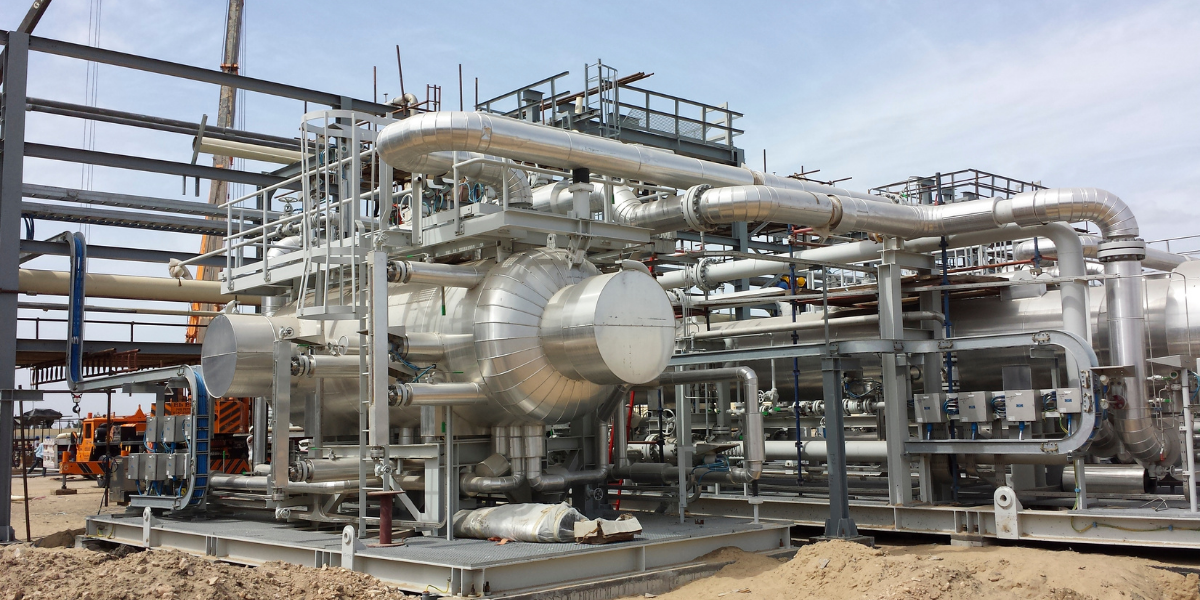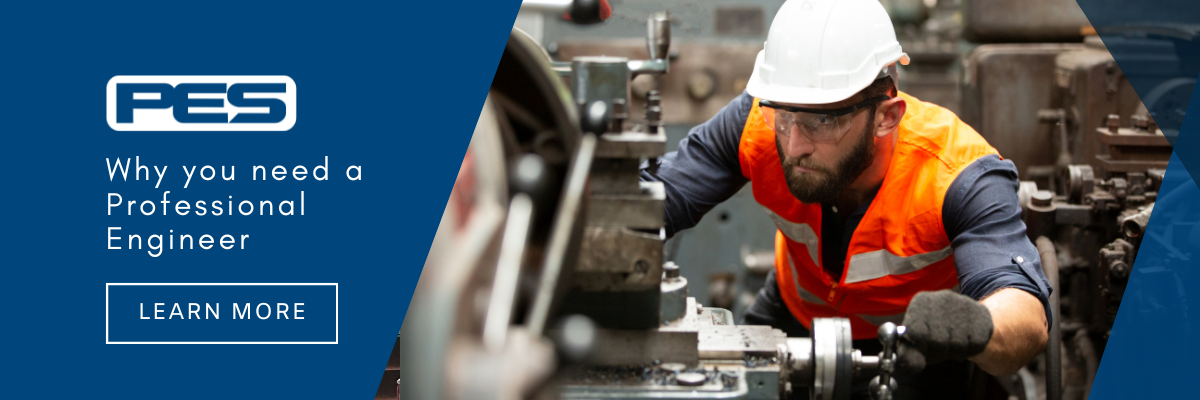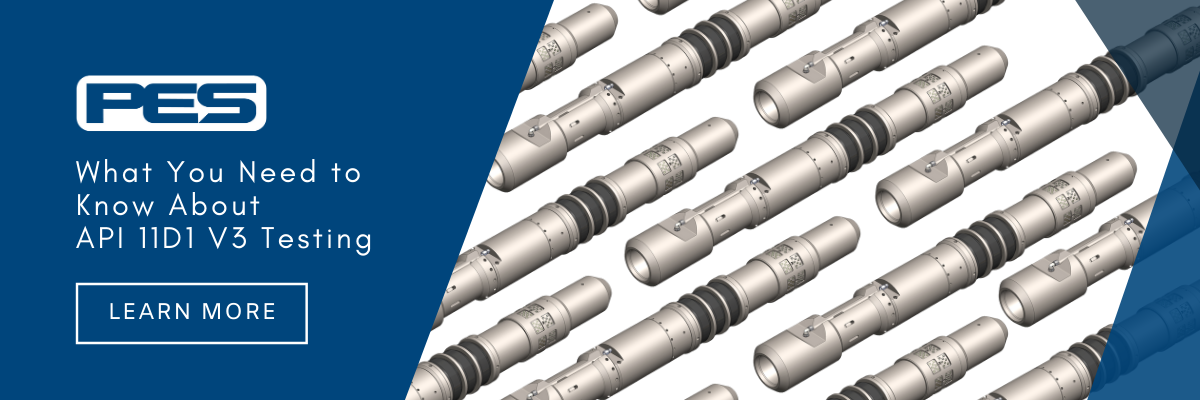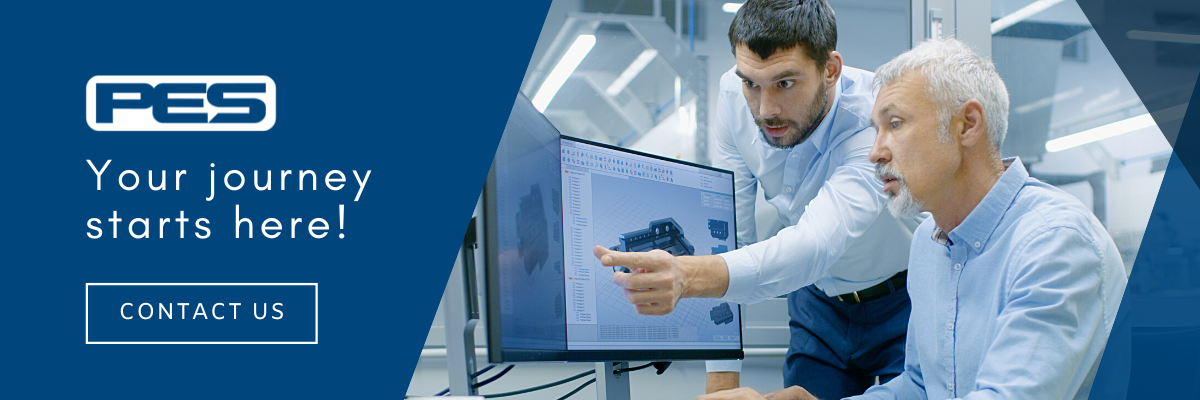Process engineering is a complex and continuously changing field – so it can be difficult to understand exactly what a process engineer does. However, it is understood that process engineers are responsible for the design, implementation, control, and optimization of industrial processes.
Let's dive into the details of process engineering and what this field entails.
What is Process Engineering and Designing?
Process engineering is a field that focuses in the development of processes – especially continuous processes within the chemical, agricultural, petrochemical, mineral food, and pharmaceutical industries.
Starting from a defined problem statement (such as a customer need or a set of
experimental results), Process Engineers develop an understanding of the important underlying science relevant to the problem.
With this understanding, Process Engineers can then and use their skills to create a plan of action along with detailed specifications, that will lead to a predicted financial outcome.
1- Front end engineering design (FEED)
Front end engineering design (FEED), also known as Front end loading (FEL) or pre-project planning, is the process for planning and developing technical information used to define the scope, approach, and cost of designing a piece of process equipment.
At this stage, before the start of EPC (Engineering, Procurement and Construction), various studies take place to figure out technical issues and estimate rough investment cost.
It is crucial to reflect the project's specific requirements into the FEED Package to avoid significant changes during the next process equipment design phases.
Front-End Engineering involves more time than traditional quotes, mainly due to the fact that project specifications are thoroughly extracted. In addition, FEED typically involves developing several documents in detail, including:
- Project Organization Chart
- Project Scope
-
- Defined civil, mechanical, and chemical engineering
- HAZOP, safety and ergonomic studies
- 2D & 3D preliminary models
- Equipment layout and installation plan
- Engineering design package development
- Major equipment list
- Automation strategy
- Process Flow Diagrams (PFD) and Piping and Instrumentation Diagrams (P&ID)
- Project timeline
- Fixed-bid quote
2- Process System Design
Once the FEED is completed, the next step is to jump into designing the processing system. The design work that started in the Front-end engineering design stage is finished during the design stage.
The process system design stage is crucial as it involves the professional engineers to dive deep into the design work, but also develop systems that overcome bottlenecks in production for increased output and maximized profits.
It is during this stage that engineers provide the resulting P&IDs and PFDs to process equipment designers. Designer then use these engineering documents to render 2D and 3D models of the equipment in order to simulate how it will fit in its final location.
The Process Systems Engineering typically involves developing:- Process flow diagrams (PFD’s)
- Piping & instrumentation diagrams (P&ID’s)
- Process simulation
- 2D & 3D modeling/simulation
- Mechanical & structural design
- Skid design
- FEA analysis
- Equipment layout
- Piping design
- Lift & installation planning
3- Automation and Controls Engineering
Developing well-designed process control and automation systems ensure a smoother startup and operation down the road. It is during this stage that engineers automation engineers select input and output devices based on the control system’s objectives.
It is also during this stage that engineers take into consideration the selection of devices that meet compliance to industry standards such as UL, CSA, ATEX, API and/or CE.
The Automation and Controls Engineering stage typically involves:
- Automation Design
- Control Panel Fabrication
- Control System Development
- Controls Integration Services
- Electrical design
- MES & SCADA Solutions
- Safety Engineering
- Process Programming (including Logic, PLC, DCS and/or HMI Programming)
- Process simulation
- Process instrumentation
4- Process Equipment Fabrication and assembly
During this stage, the process equipment or system is ready to be built and assembled. By this stage, all process, mechanical, power, and controls engineering are complete.
During this stage, a suitable fabricator/manufacturer and installation shops are sourced. Selecting the right shop involves finding one that is capable of providing the right environment and practices compliant with the regulations of the industry.
Finding the right shop will be beneficial in terms of quality, project timelines, lower costs, and safety risks.
Process equipment fabrication typically involves:
- Sheet metal fabrication
- Skid frame fabrication
- Mechanical assembly
- Painting
- Pressure vessel fabrication
- Structural fabrication
In addition, process equipment assembly
- Electrical panels
- Electrical wiring per NFPA
- Instrumentation
- Insulation
- Painting
- Pipe fitting
- Piping
- Tooling
- Tubing
- Welding
5-Testing and Commissioning
The final phase of Process Equipment Engineering is testing and commissioning. The transition from fabrication/assembly to operation is the testing and commissioning stage.
Factory Acceptance Test (FAT)
Testing, also referred as Factory Acceptance Test (FAT), is process that evaluates the equipment during and after the assembly process by verifying that it is built and operating in accordance with design specifications.
FAT procedures ensure that the components and controls associated with the process are working properly according to the functionality of the equipment itself. Similarly, FAT procedures are typically done in order to assess any discrepancies and non-conformities, as well as develop a process for how they are to be handled.
Processing plant commissioning
Processing plant commissioning highlights monitoring activities such as cleaning, flushing, verifications, leak tests, performance evaluation and functional tests essential for bringing newly installed plants or facilities into routine operations
This is the stage where due diligence in the first other stages pays off. Careful specification of equipment, controls, and materials of construction during FEED will allow for a smooth startup.
Since commissioning is the last major phase before operation, there is a risk that commissioning will take place under great time pressure or some delayed activities may continue after the initial operation of the plant.
Engineering Design Considerations
When designing process equipment, it is important to consider the kind of environment in which the equipment will be operating. Process equipment shall be designed so that it resists corrosion and other damage mechanisms likely to occur that particular environments.
Similarly, proper inspection and maintenance schedules are also integral in order to ensure the continued safety and functionality of the equipment over its lifespan.
Engineering Machine Retrofits
Retroffing machines or legacy equipment may be another route to take in place of designing new process equipment. In some cases, machine retrofitting may be the best approach while considering both costs and time.
A retrofit typically means new technology or features are added to your current one. Retrofits could include anything from software updates on computers through installing solar panels for energy independence
One of the challenges with legacy machines is connectivity and limited ability to collect data. Thus, when updating older equipment manufacturers must consider how they can make a piece of machinery ready for digital manufacturing – often called Industry 4.0 or the Internet Of Things (IoT) .
It is critical that machines are compatible with the latest Industry 4.0 technologies in order for entire production lines to integrate and operate smoothly, which can be a cost effective solution when updating legacy machines.
What is Process Equipment?
Process equipment is the equipment used in chemical and materials processing, in facilities like refineries, chemical plants, and wastewater treatment plants. Process equipment is typically designed with a specific process or a series of processes in mind and can be customized for a particular facility such as storage, controlling flow, and containing chemical reactions.
Some examples of process equipment include tanks for chemical reactions, such as fermentation, along with tanks designed for storing materials used in various processes. Filters, controllers, valves, and other auxiliary equipment are also considered a form of process equipment.
Types of Process Equipment
There are two major types of process equipment: Fixed Equipment and Rotating Equipment.
Fixed equipment is defined as any piece of process equipment that does not move or is static. Some examples of fixed process equipment include:
- Heat Exchangers
- Piping
- Storage Tanks
- Valves
- Pressure Relieving Devices
- Boilers
- Furnaces/Heaters
- Pipelines
- Air compressors
- Fixtures
- Separators
- Solenoid valves (electrical, pneumatic or air actuated)
Rotating equipment is defined as process equipment that moves or rotates. Rotating process equipment is typically used to drive fluids through different systems including:
- Turbines
- Pumps
- Compressors
- Gearboxes
- Engines
- Centrifuges
Pieces of both fixed and rotating equipment are commonly used across every section of the oil and gas industry: upstream, midstream, or downstream.
Want to stay up to date on relevant information?
Be sure to check out more of our blogs!
Experience matters – our team of talented engineers has experience engineering and designing for a multitude of industries and projects ranging from Skid & HPU package design to ASME vessel design and beyond.
Related Articles
Energy Engineering: Powering the Future - Explore the world of energy engineering: its importance, skills required, facts, and its crucial role in climate change and sustainable development.
References
Overview of Process Equipment - https://inspectioneering.com/tag/equipment
Optimize Your Process with Custom Process Equipment - https://www.epicmodularprocess.com/blog/custom-process-equipment
Front-end engineering - https://en.wikipedia.org/wiki/Front-end_engineering
Processing plant commissioning considerations - https://www.processingmagazine.com/home/article/15587340/processing-plant-commissioning-considerations
What is Factory Acceptance Testing, and how FAT is Done - https://carelabz.com/what-factory-acceptance-testing-how-fat-done/
About Practical Engineering Solutions
Practical Engineering Solutions will always be dedicated to providing top-notch customer service to meet our industry demands.
We set ourselves apart with our consistency and timely turnarounds. We are always committed to being responsive to our clients, KEEPING OUR PROMISES, making delivery schedules, and standing by our designs!
From concept, design, and engineering, to project management and integrity services. We are your gateway to your journey's engineering endeavors. Including oil & gas, hemp & CBD, and food industries.
Providing services focusing in Facilities Engineering, Turn-Key Solutions, Hemp Facilities, Food Plant Engineering, Manufacturing, Engineering Services and Drafting & Design.






